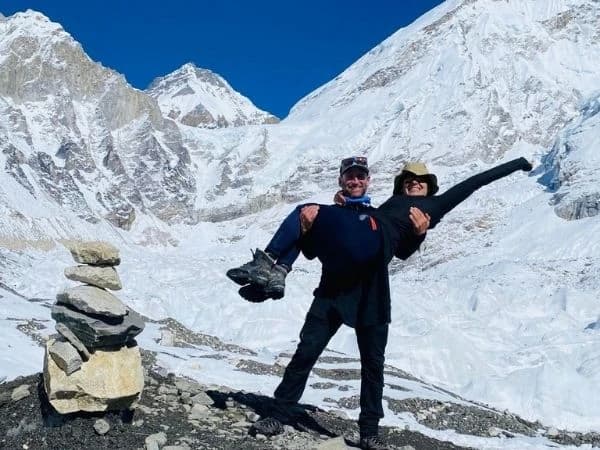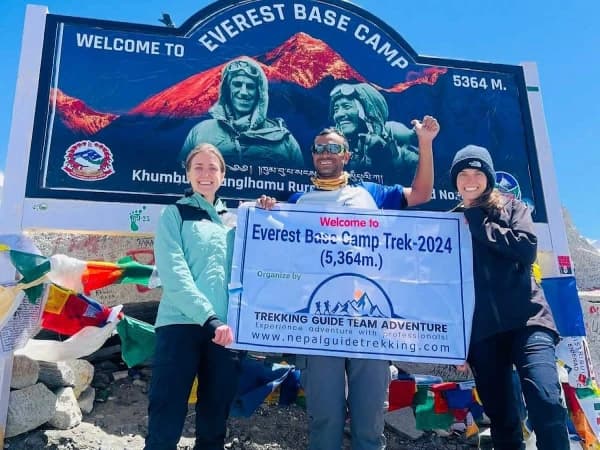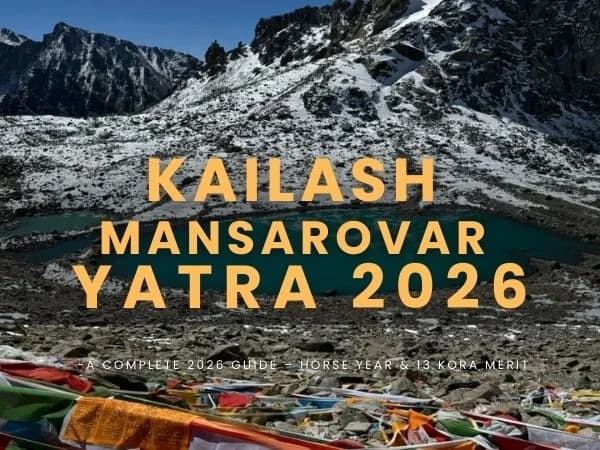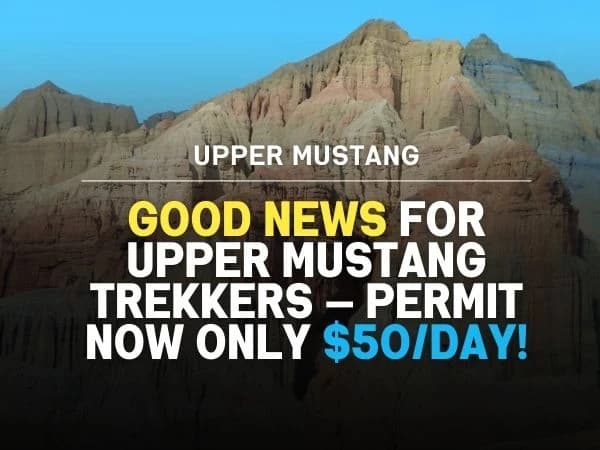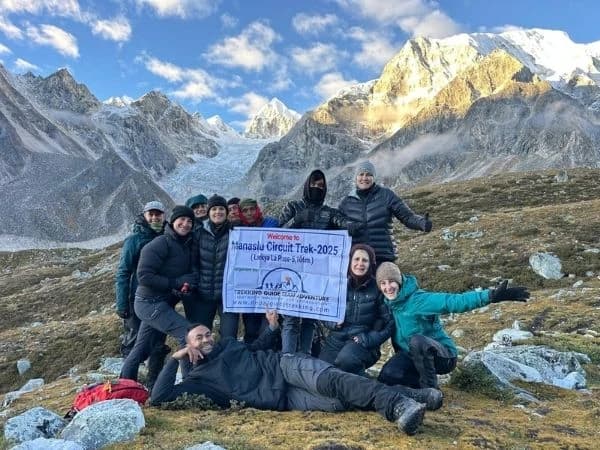1. Why is a Packing List Important for EBC?
One of the most important preparations before starting on your Everest Base Camp climb is to pack the proper gear. The benefits of having well-prepared packing list are:
- Safety at Higher Elevations: On the way to Everest Base Camp, as you go higher up, increase in the altitude will bring various challenges. However, if you prepare in advance and carrying all the necessary items such as clothes, equipment, medications and so on, you will be safe and warm at the higher elevations as well.
- Weather changes: You will find yourself in the changing weather in the trail. In the lower regions like Lukla, Phakding and Namche, the weather seems to be sunny while as you ascend you will start to feel fierce wind. On top of that, freezing temperatures occur near the base camp, nevertheless packing right can make your journey easier.
- Health & Comfort: Trekking for several days at high altitudes can be physically difficult. So, packing the clothes that keeps you sweat free so that your skin can stay dry. Additionally, thermal layers, trekking boots and other personal hygiene products improve the comfort and reduces the risk of injuries
- Avoiding Last-Minute Stress & Extra Costs: If you don't prepare well before the trek, there is a high chance that you forget your important items. This can lead to stress and buying gear or essentials during the trek is often expensive. So, a thorough packing checklist lets you save money while ensuring you have everything you need.
2. Everest Base Camp Trek Packing List (Mandatory)
These are our essential gear list for Everest Base Camp Trek. These items are considered mandatory to ensure safety, comfort, and a smooth trekking experience.
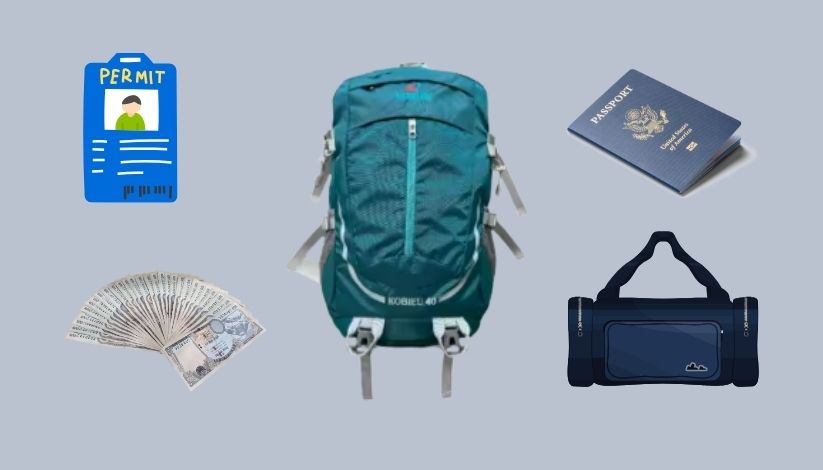
A. Essentials
Prepare for your trip by gathering all necessary items. To ensure a successful and enjoyable adventure, you'll need the following basic things and documentation.
- Passport, Trekking permits (agency will take care of this), cash in nepali currency (you can change it at the airport)
- Duffel bag (also provided by company Trekking Guide Team Adventure)
- Daypack (30–40L, with rain cover): In the daypack you should carry the items you need on the trail like layering, snacks,
B. Trekking Equipment for Everest Base Camp Trek
Suitable trekking equipment is crucial for the Everest Base Camp journey due to the difficult hiking conditions and unpredictable Himalayan weather. These essentials will ensure your safety, support, and comfort throughout the trek.
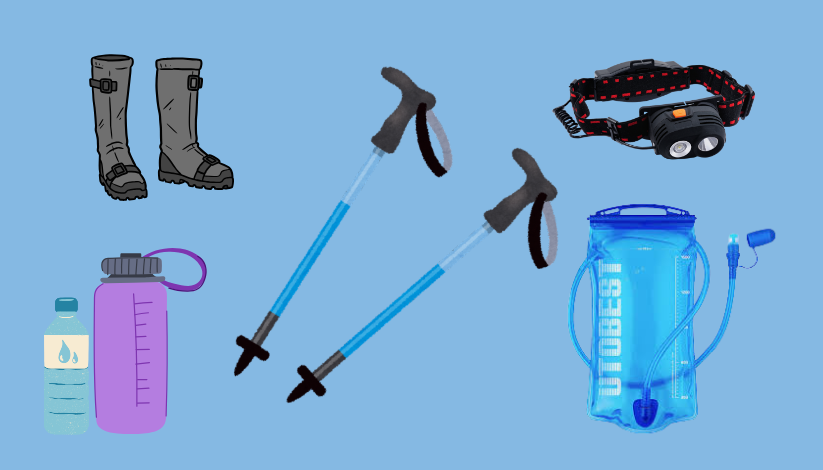
- Trekking poles: Normally, one is enough but you can also carry two to make you more comfortable.
- Gaiters, crampons: Gaiters and crampons are optional as per your requirement.
- Headlamp with extra batteries: During longer trek days you may arrive a bit late at the teahouse. So, having headlamp will make it easier.
- Water bottles (1L x2) or hydration bladder: Hydration is the key as your body dehydrates highly during the trek.
- Water purification tablets: Mineral water maynot be available everytime. So, it is highly recommended that you carry purification tablets and use it in the water found locally in the tea houses and lodges.
C. Clothing for Trekking Days
Proper layering is essential for being warm on the Everest Base Camp climb. Temperatures range widely, from warm, sunny routes in the lower Khumbu to chilling winds above 5,000 meters. Pack in such a way that you can layer it up and remove it according to the wind and the weather.
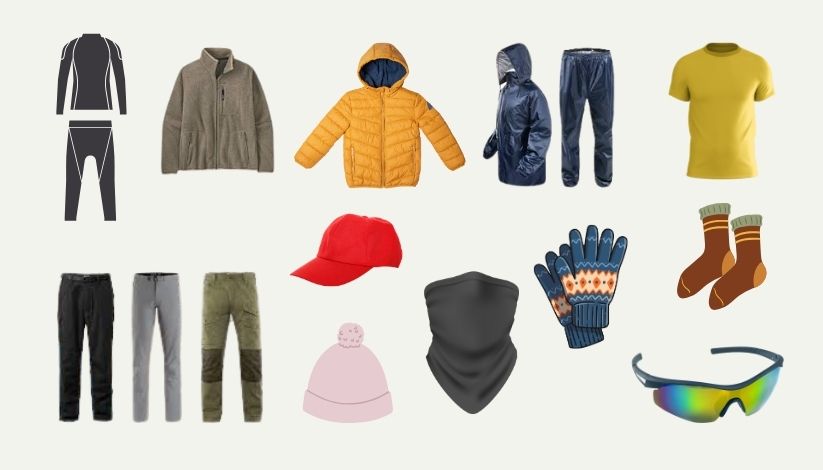
- Base layers: You should include both thermal top and bottom so that you can layer light outside.
- Fleece jacket (mid-layer)
- Insulated down jacket: It helps you keep warm during at the higher elevations.
- Waterproof/windproof shell (jacket & pants): WInd become fierce specially from Dingbuche and it might also rain on the trail. To solve both the problems, it is recommended to have 2 in 1; waterproof+windproof shell.
- Trekking shirts (quick-dry, moisture-wicking)
- Trekking trousers: You should carry three trekking trousers: thin, medium and thick. Thin in the lower regions, medium from Debuche/Tengboche monastery and thick on the last days on trekking near base camp.
- Gloves: Thin inner pair + insulated/waterproof outer pair
- Trekking socks (5–6 pairs, including woolen): Mostly laundries are limited so it is good to have 5-6 pairs of thick socks.
- Woolen hat/beanie: It is most important to protect your head from the cold. So, woolen hat/beanie is most. Specially in the morning and at night when the wind is stronger and is coldest time of the day.
- Sun hat/cap:During the day to protect from sunlight
- Buff/neck gaiter: On the trails, there are some points, for example trek day from namche, are dusty. That is why buff is equally important to cover your nose and mouth while not maling you fell suffocated.
- Sunglasses (UV protection, polarized recommended): Sunglasses are necessary as lights reflected by the mountains is very bright and is difficult for naked eyes to see.
D. Clothing for Teahouses / Lodges
After a long day of trekking, you will be looking forward to comfortable and warm clothes to relax at the teahouses. So, for the tea houses pack a few cozy clothing for the evenings.
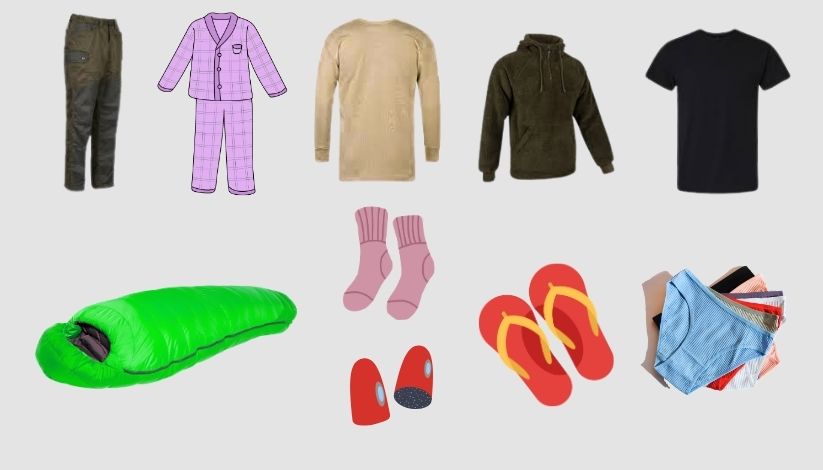
- Warm pants/trousers
- Fleece or hoodie
- Long-sleeve cotton/thermal top
- T-shirts (casual/comfortable)
- Extra underwear & socks
- Sleepwear (warm & comfortable)
- Slippers/sandals (for evenings indoors)
E. Sleeping Essentials
- 4-season sleeping bag (down preferred)
- Sleeping liner
- Pillow cover (optional)
- Earplugs (for noisy lodges)
F. Toiletries & Personal Hygiene
Keeping clean and comfortable is essential throughout the Everest Base Camp trek. Bring necessary toiletries and personal hygiene supplies to stay fresh throughout the travel.

- Toothbrush, toothpaste
- Biodegradable soap/shampoo
- Deodorant, razor
- Wet wipes & hand sanitizer
- Toilet paper (carry extra)
- Quick-dry towel
- Sunscreen (SPF 50+)
- Lip balm with SPF
- Moisturizer
G. Food & Snacks
- Energy bars, chocolates, trail mix, nuts
- Hydration salts / electrolyte powder
- Instant coffee/tea sachets (optional)
H. Medicine & First Aid
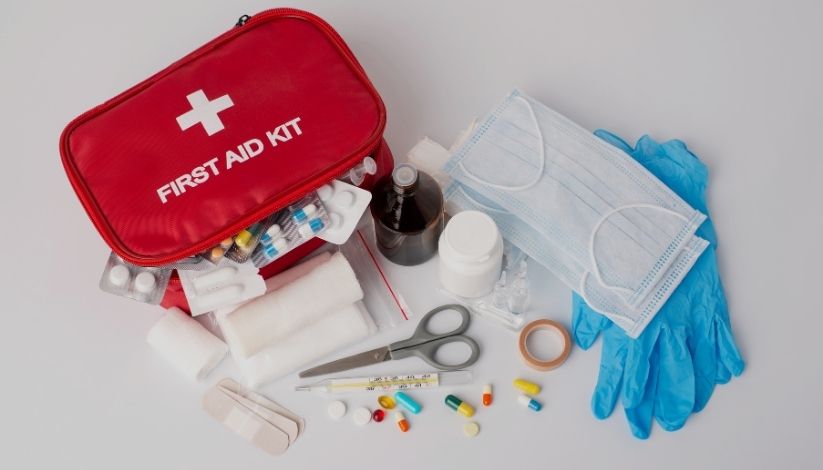
- Diamox (consult doctor before use)
- Personal prescriptions
- Painkillers (ibuprofen/paracetamol)
- Rehydration salts
- Antiseptic cream, band-aids, blister pads
- Nail clippers
I. Extras / Luxury Items
- Camera/GoPro + spare batteries/memory cards
- Power bank / solar charger
- Lightweight binoculars
- Kindle/book
- Journal & pen
- Playing cards/games
- Small travel pillow
- Reusable bags (dirty laundry, gear separation)
3. Pro Packing Tips for Everest Base Camp Trek
- Layering is the key.
- For monsoon trekking you should everything waterproof (like rain covers, dry bags)
- Pack light but do not skip essentials.
- Break in boots before trek
4. Luggage & Weight Limits
- Kathmandu Airport (International Arrival): Most airlines allow up to 25 kg per passenger for check-in luggage when flying into Nepal from abroad. Extra weight may incur charges.
- Lukla Airport: In Lukla airport, there is strict limit of 13 kg per bag.
- Porters: Can carry heavier duffel bags (clothes, sleeping bag, toiletries, extra shoes)
5. What to Carry in Daypack?
-
Capacity: 30–40L
-
Items to Carry:
-
Water bottles / hydration bladder
-
Snacks / energy bars
-
Sunglasses, hat, buff, sunscreen
-
Light fleece or down jacket
-
Personal items: camera, phone, small first-aid kit, lip balm
-
Rain cover
Tip: Keep your daypack light (7–10 kg max), since you’ll carry it all day, and the porter carries the rest.
6. Tipping Culture on the Everest Base Camp Trek
While tipping is not mandatory, it is a common practice on the Everest Base Camp trek. Guides and porters work hard to make your trek safe, comfortable, and enjoyable, and many trekkers show appreciation through tips. So, your guide and porter also can expect tips.
Pro Tip: While tips are voluntary, planning for them ensures you don’t have to scramble for cash at the end, and it shows respect for the hard work of your trekking team.
7. Conclusion
With this Everest Base Camp packing list, you’re ready to trek safely and comfortably. Plan smart, pack wisely, and focus on the adventure ahead.
Ready to start your journey? Check out our customizable Everest Base Camp trekking packages below and let us handle the logistics so you can enjoy every step:
Everest Base Camp Trek – 15 Days
Everest Base Camp and Kala Patthar Trek 13 days
Everest Base Camp Heli Trip - 7 Days








